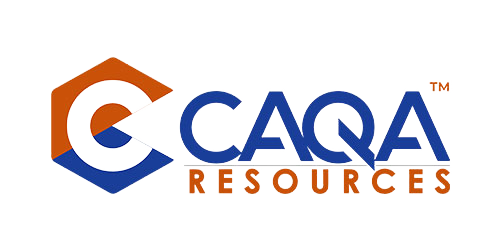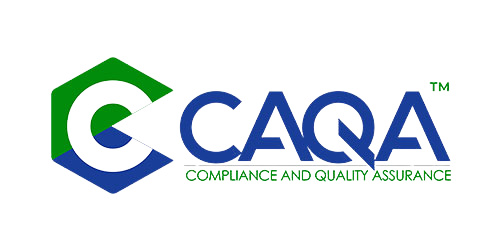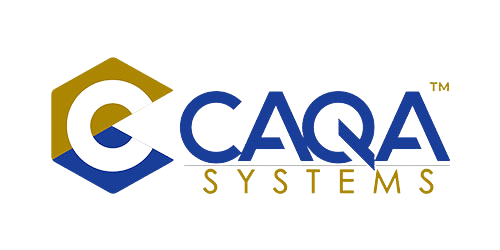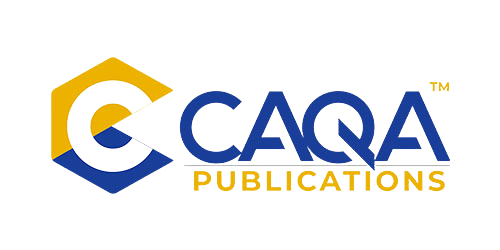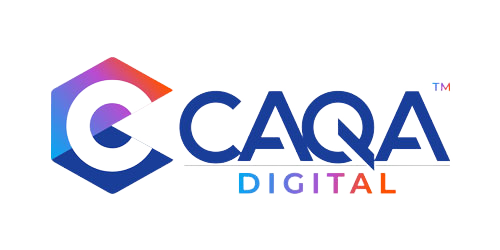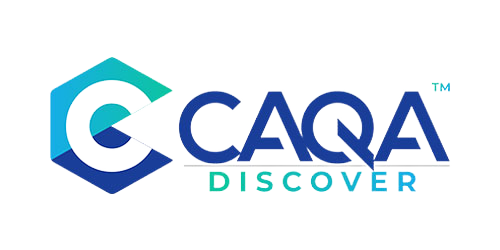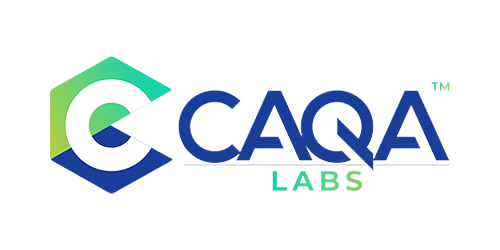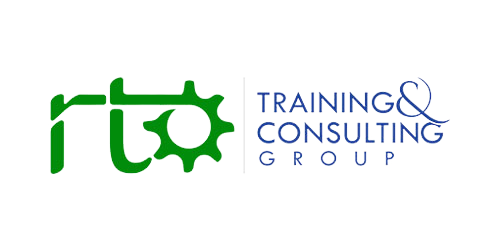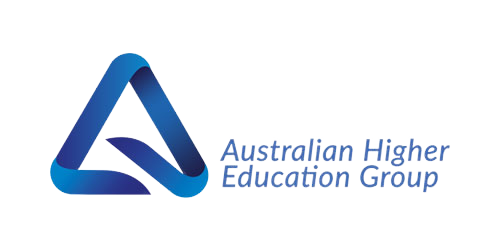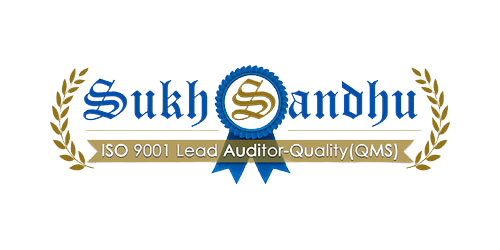The problem that no one can outsource to an algorithm
Across Australia—and well beyond it—universities and institutes are discovering the hard way that AI-generated content detectors are not courtroom-grade instruments. Students have been flagged by probability scores, placed under suspicion for months, and in many cases ultimately cleared on appeal. Regulators and ombuds services now warn that detection dashboards are not evidence and, used in isolation, risk procedural unfairness. The message from recent cases and research is consistent: treat AI and plagiarism detectors as fallible signals, supplement them with holistic evidence, and reform assessment so that academic integrity rests on pedagogy and process—not on a blinking percentage.
False positives, real harms
The stakes are not theoretical. In 2025, Australian Catholic University piloted turning off Turnitin’s AI Indicator after acknowledging concerns about reliability, false negatives, opacity for students, and the tool’s inability to distinguish light AI assistance from full generation. Students reported months-long investigations, withheld results and lost opportunities while they tried to prove a negative. ACU said any case based solely on an AI percentage was to be dismissed, but student accounts and internal correspondence reported by the media describe processes that often leaned on the indicator as the trigger and central proof. The university has since reformed elements of its process; the reputational lesson remains.
What the research actually says about detectors
Independent evaluations repeatedly find that current AI detectors are unreliable under realistic conditions. A peer-reviewed international study led by Debora Weber-Wulff examined fourteen detection systems—including Turnitin and PlagiarismCheck—and concluded none achieved dependable accuracy across tasks; paraphrased or hybrid human-AI texts frequently evaded detection, and performance fell further with obfuscation and translation. Even where tools performed “best,” accuracy often sat well below the level needed to warrant disciplinary action. The broad finding has been echoed in summaries and guidance across higher education networks.
Universities that pulled the plug
Some institutions have acted accordingly. Vanderbilt University disabled Turnitin’s AI detector in 2023 after testing and consultation, advising staff to focus on clear communication with students and evidence-based processes rather than machine flags. In Australia, Curtin University has announced it will switch off Turnitin’s AI writing detection feature from 1 January 2026 while retaining traditional originality checking, framing the move as a trust-building step in a modern academic culture. These decisions underscore a sector-wide pivot: if a detector cannot meet evidentiary standards, it should not be driving misconduct cases.
Regulators and ombudsmen: don’t confuse indicators with proof
The UK’s Office of the Independent Adjudicator (OIA) has issued casework notes and case summaries urging providers to ensure academic-misconduct decisions are fair, transparent and supported by robust evidence rather than detection scores. The OIA’s guidance emphasises due process, clear communication of penalties and records sufficient for effective appeals. Several cases involve international students and highlight the risks of bias when AI flags are allowed to steer decisions. While the OIA is a UK body, its reasoning tracks strongly with Australian legal expectations around procedural fairness.
Australia’s higher-education regulator has also sharpened its public stance. TEQSA’s generative-AI hub and recent commentary emphasise the limits of detection and the need for assessment reform to support authentic demonstration of learning. Recent reporting on TEQSA’s position stresses that “AI cheating” in unsupervised digital tasks is, in practice, difficult to detect reliably and that over-reliance on detectors will not satisfy standards of evidence. TEQSA recommends rebalancing toward secure or authentic tasks—vivas, supervised practicals, oral defences—without defaulting to one-size-fits-all exams.
Tool makers admit the caveats—even as marketing persists.
Even the leading vendor cautions that AI indicators should not be used as the sole basis for adverse action and acknowledges contexts in which false positives are more likely. Public statements and documentation advise staff to interpret results conservatively, avoid sentence-level judgments, and consider additional evidence before making allegations. Universities that adopt the technology but ignore the fine print risk both unfair outcomes and regulatory criticism.
Local practice: caution in policy, caution in use
Within Australia, major institutions that still expose Turnitin’s AI indicator to staff also warn explicitly against relying on it. The University of Melbourne’s guidance states that a high AI score is not proof of misconduct, should not be used alone to found an allegation, and must be accompanied by broader evidence, such as inconsistencies with a student’s prior work, implausible references, or metadata anomalies. The advice also flags disciplines with formulaic expressions as higher-risk for false positives. This is the right direction: policy realism that recognises the tool as one signal among many, not an arbiter.
Bias and disparate impact risks
A growing body of commentary and reportage highlights a particularly troubling pattern: non-native English writers appear more likely to be flagged by some detectors. International media and sector briefings warn that stylistic regularity, translation and paraphrasing tools can trigger false positives—placing international students and those with distinctive linguistic profiles at disproportionate risk. Given Australia’s reliance on international education and its duty to support equitable treatment, this is more than a technical quirk; it is a fairness and discrimination risk that providers must actively mitigate.
Why investigations cannot start and end with a score
Several Australian cases reveal a structural problem: investigations triggered solely by a “red flag” tend to reverse the burden of proof, presuming guilt and forcing students to compile stacks of personal artefacts—notes, drafts, browser histories—to “prove” authorship. Ombuds offices caution that this practice is inherently risky, especially when the originating “evidence” is a proprietary model’s confidence score that students cannot even see. Education justice demands the opposite: suspicion should be grounded in a combination of contextual indicators, viva questioning where proportionate, and documentary inconsistencies—not a dashboard percentage.
What a fair, evidence-based model looks like
First, disentangle detection from decision. Treat detector output as a lead that warrants human scrutiny, not a finding. If a lead is pursued, the decision should rest on triangulated evidence: comparative analysis with a student’s established writing profile, transparent viva or authorship verification focused on learning, and concrete anomalies such as fabricated sources or impossible claims. Second, make processes timely and trauma-minimising. Investigations that hold results hostage for months can inflict career and well-being harm even when students are ultimately cleared. Third, publish plain-English guidance for staff and students that explains what counts as acceptable AI assistance, what must be declared, and where the bright lines are—so students are not trapped by unclear expectations. These principles reflect the spirit of OIA guidance and TEQSA’s call for assessment redesign.
Redesign assessment before you police it
The most sustainable way to reduce both misconduct and wrongful accusations is to make more of the assessment intrinsically resistant to outsourcing. Australian universities already experimenting with “two-lane” models—permitting AI within clearly defined parameters for some tasks while pairing majors with AI-free, secure demonstrations—report fewer adversarial disputes and more authentic conversations about learning. Regulators are not demanding a wholesale return to closed-book exams; they are asking for at least one secure assessment per subject and for assessment design that surfaces the student’s own reasoning and applied capability.
Sector moves that show the direction of travel
When a Group of Eight or a large public university disables AI detection, or when a Catholic university pilots switching it off after a bruising year, the sector pays attention. Curtin’s decision to turn off Turnitin’s AI detection from 2026, Vanderbilt’s earlier move, and ACU’s pilot all point to a maturing consensus: originality checkers remain useful; AI-detection confidence scores should not drive misconduct decisions. The next step is for every provider to audit where detector outputs are still acting as de facto adjudicators and to replace that dependency with transparent, multi-source evidence paths.
Practical guardrails for Australian providers now
Publish a standing rule that no allegation may be made solely on the basis of AI detection output. Require corroboration through authorship comparison, source verification and, where proportionate, viva-style questioning recorded for appeal. Make the detection report available to students if it will be referenced at all, so that they can respond meaningfully. Train staff on known detector failure modes—short texts, formulaic genres, translation effects—and on culturally responsive practice with international cohorts. Track outcomes for bias by cohort and assessment type. Update student declarations to clarify when and how AI assistance is permitted and how it should be acknowledged. These steps align institutional practice with both research and regulatory expectations.
The bottom line: detectors are tools, not tribunals
There is a growing international consensus that AI detection technologies are—at best—supplementary. They can provide leads, but they cannot adjudicate integrity. In Australia, the combination of contested cases, regulator signals, and moves by major universities makes the path forward clear. Build an assessment that reveals learning. Use detectors cautiously and transparently. Centre due process and evidence, not probability scores. Above all, ensure that students—domestic and international—are not unfairly penalised by algorithmic artefacts. Academic integrity is a human obligation grounded in fairness; algorithms can assist, but they cannot replace it.
Sources and further reading
-
ACU internal notice on piloting the Turnitin AI Indicator off (Mar 2025); subsequent national coverage of student experiences and process reform.
-
Vanderbilt University's guidance and decision to disable Turnitin’s AI detector (Aug 2023).
-
Curtin University announcement to disable AI writing detection from 1 January 2026.
-
TEQSA’s generative-AI knowledge hub and recent reporting on its advice regarding detection limits and assessment reform.
-
OIA (England & Wales) casework note and case summaries on AI and academic misconduct, highlighting due process and evidentiary standards.
-
Weber-Wulff et al., International Journal for Educational Integrity (Dec 2023): multi-tool evaluation finding no detector reliably accurate across tasks; paraphrase/hybrid text particularly problematic.
-
University of Melbourne staff guidance: AI indicator scores are not proof and must not be used alone; context and corroborating evidence are required.









